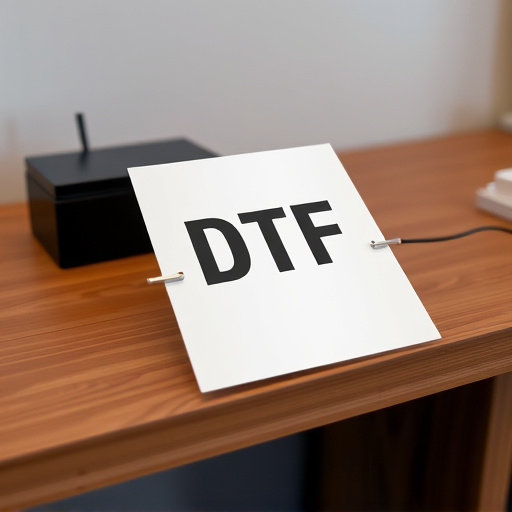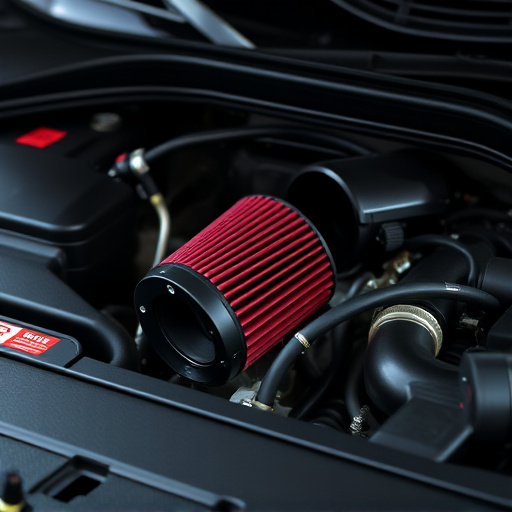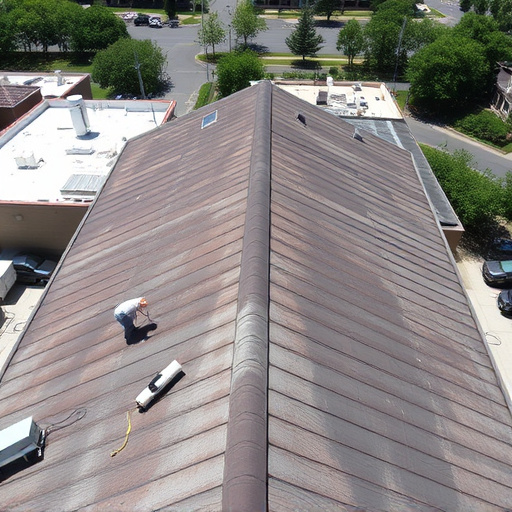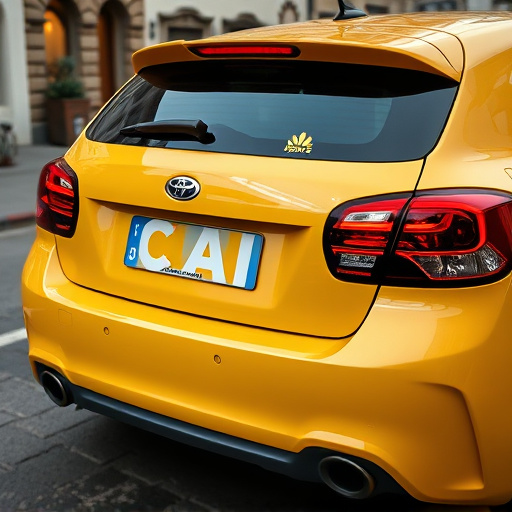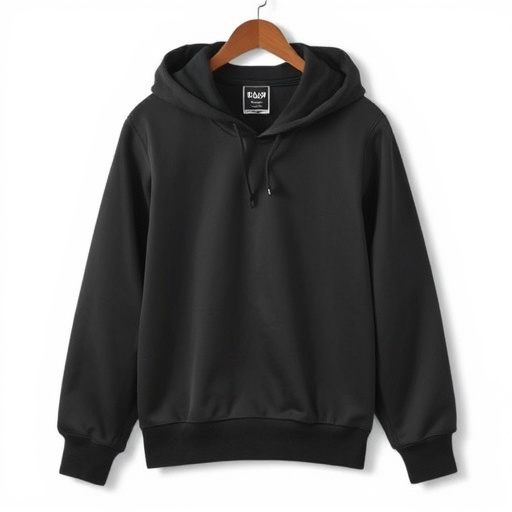Satin finish wraps protect vehicles from weather, scratches and fading but offer less heat rejection than regular paint and require reapplication. Wax provides daily protection but less durable; sealing creates a robust bond for longer protection. Maintain with wrap-safe soap, avoid harsh cleaners, dry thoroughly, consider tinting and regular inspections for professional correction to ensure vibrant appearance and extended lifespan.
“Are you considering enhancing your vehicle’s look with a satin finish wrap? This elegant finish has become a popular choice for car enthusiasts, offering a unique and sleek appearance. However, maintaining its integrity is crucial. In this article, we explore the art of protecting your satin finish wraps. From understanding the material’s pros and cons to the ultimate comparison between waxing and sealing, you’ll discover essential tips for longevity. Learn how to keep your car’s satin wrap in pristine condition and revel in its beauty.”
- Understanding Satin Finish Wraps: Pros and Cons
- Waxing vs Sealing: Protecting Your Wrap Effectively
- Best Practices for Maintaining Satin Car Wraps Longevity
Understanding Satin Finish Wraps: Pros and Cons
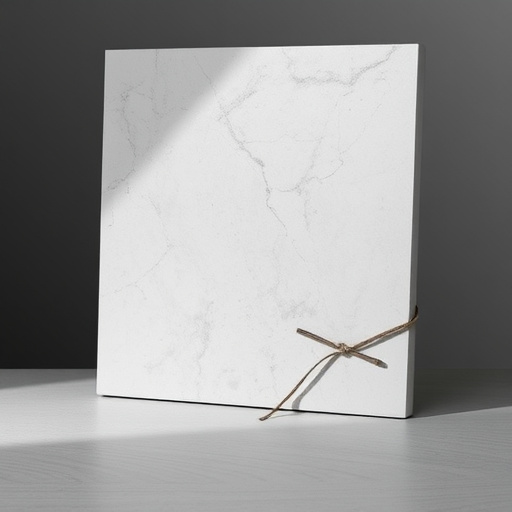
Satin finish wraps are a popular choice for automotive detailing, offering a unique and distinctive look to vehicles. These wraps provide a smooth, soft sheen that sets them apart from traditional paints or clear coats. One of the main advantages is their durability; satin wraps can withstand harsh weather conditions and are resistant to chips, cracks, and fading, making them an excellent option for long-term protection. They also serve as a form of paint protection film, safeguarding the base layer from scratches and other types of damage.
However, there are some drawbacks to consider. Unlike regular paint jobs, satin wraps may not provide the same level of heat rejection, which can be crucial in hot climates. Additionally, they might require more frequent reapplication compared to conventional coatings to maintain their glossy finish. The process of installation also demands precision and skill to ensure an even application, as any bubbles or misalignments will be noticeable on the satin surface.
Waxing vs Sealing: Protecting Your Wrap Effectively

When it comes to protecting your satin finish wraps, the age-old debate rages on: wax or seal? Both have their merits when it comes to preserving the stunning custom vehicle wraps or vinyl wraps that transform your car into a work of art. However, understanding the nuances between the two is crucial for effective safeguarding.
Waxing offers a more traditional approach, creating a protective barrier over the satin finish. It’s an excellent option for daily drivers, as it repels water and dirt while providing some UV protection. On the other hand, sealing takes it up a notch by forming a tight bond with the wrap, enhancing durability and resistance to chips and scratches. For those seeking long-term protection, especially for show cars or vehicles with intricate designs, sealing is the game changer, ensuring your satin finish stays pristine for longer.
Best Practices for Maintaining Satin Car Wraps Longevity
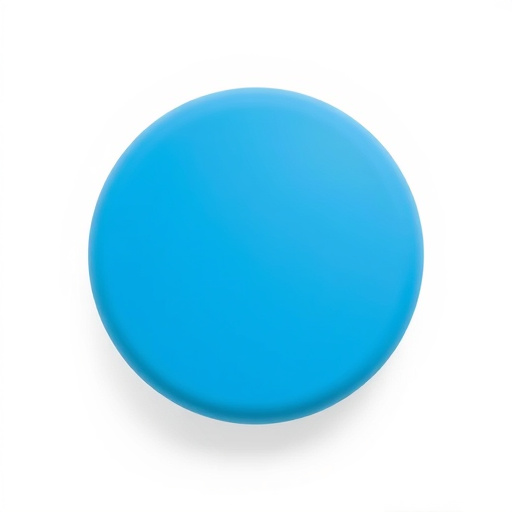
To ensure the longevity of your satin finish wraps, regular maintenance is key. Start by regularly washing your car using a dedicated wrap-safe soap and soft cloth to remove any dirt or grime. Avoid aggressive washers or scrub brushes that could damage the delicate surface. After washing, dry the vehicle thoroughly to prevent water spots.
Additionally, consider applying a high-quality ceramic window tinting for added protection. This not only reduces UV exposure but also provides a barrier against environmental contaminants. Regularly inspect your wrap for any signs of wear and tear, addressing issues promptly with professional paint correction services. Protecting your satin finish wraps through these best practices will ensure they maintain their vibrant appearance and extend their lifespan.
When deciding between waxing or sealing your satin finish wrap, consider the balance between protection and maintenance. Wax provides a softer sheen but requires more frequent application. Sealing offers superior durability and a harder, more resilient finish that can last longer. For optimal results with satin finish wraps, incorporate regular cleaning and either wax for enhanced gloss or seal for prolonged protection. This balanced approach will ensure your car’s striking wrap remains vibrant and protected for years to come.
